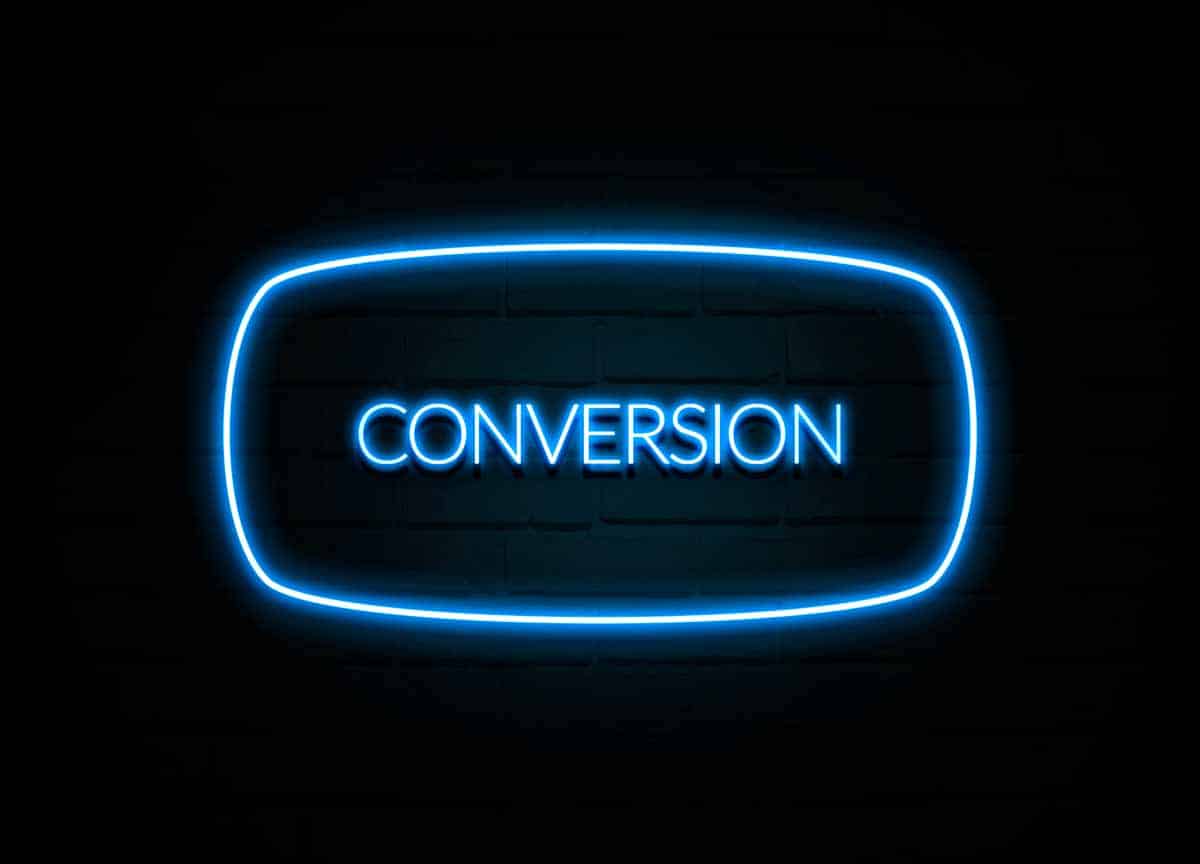
Jump to a section:
One tool that has become invaluable in this space is the AI-powered chatbot. Chatbots can handle routine inquiries, qualify leads, and free up your sales or customer service team to handle more complex tasks. But with the rise of generative AI (models like GPT-4 and ChatGPT), chatbots can now go beyond canned responses. They can hold more natural conversations, interpret user intent, and provide contextually relevant answers—greatly improving user experience and lead capture effectiveness.
Why Chatbots Matter for Lead Capture
In an age where customers demand instant responses, chatbots stand out as an essential tool:
- 24/7 Availability: Chatbots never sleep, meaning they can capture leads at any hour.
- Immediate Engagement: Prospective clients can get quick answers, increasing the chances they’ll move forward in the sales funnel.
- Scalability: One chatbot can handle thousands of concurrent conversations, something no human team can replicate easily.
- Data Gathering: Along the conversation, you can request information like email addresses, company size, or pain points—key data for lead qualification.
However, traditional chatbots often rely on decision trees and scripted answers. That’s where generative AI chatbots surpass their predecessors by understanding a broader range of user queries, even those you didn’t explicitly script for.
Understanding Generative AI
Generative AI refers to algorithms that produce or “generate” text, images, or other forms of content based on patterns they’ve learned from vast amounts of training data. Compared to older rule-based AI, generative models:
- Learn Context: They understand nuances in language, enabling them to produce coherent, contextually relevant replies.
- Adapt to New Inputs: You don’t need to pre-script every possible question; the model can interpret new queries and generate appropriate responses on the fly.
- Personalize Conversations: By maintaining context of previous user messages, generative models can address users by name, recall their preferences, and offer relevant suggestions.
When integrated into a chatbot, generative AI allows for a more natural, human-like conversation flow, which often leads to higher user satisfaction—and potentially higher lead conversions.
Key Components of a Generative AI Chatbot
Before diving into how to build one, let’s break down the core elements that make up a generative AI–powered chatbot for lead capture:
- Natural Language Processing (NLP) Engine
- Interprets user input, identifies intent, and extracts relevant data (like user’s name or email).
- Generative Language Model
- Produces text responses that align with the brand’s style or tone. Models like GPT-4 or ChatGPT can be used off the shelf or fine-tuned.
- Conversation Flow Logic
- Determines how the chatbot transitions from one topic to another. For lead capture, you might route a user from initial greeting to more targeted questions about their needs and contact info.
- Lead Capture & CRM Integration
- Seamlessly stores user data (e.g., email, phone, company details) in a CRM, marketing automation platform, or lead database.
- User Interface (UI)
- Typically embedded on a website or app—this is where users type or speak their queries. The UI can be as simple as a chat widget or integrated into messaging platforms like Facebook Messenger, Slack, or WhatsApp.
- Analytics & Reporting
- Tracks metrics such as number of conversations, user engagement, conversion rate, and user satisfaction.
Step-by-Step: Building a Generative AI Chatbot
Define Your Goals and Use Cases
A chatbot needs a clear purpose. For lead capture, that purpose might be to:
- Greet and qualify potential customers who visit your website.
- Answer basic product questions or handle FAQs, then redirect more serious leads to a sales rep.
- Schedule demos or consultations if a user qualifies based on certain criteria.
Questions to ask:
- Which pages or platforms will the chatbot appear on?
- Who is your target audience (e.g., B2B executives, retail consumers)?
- What data points do you need to collect (e.g., name, email, budget)?
Select a Generative AI Model or Platform
Generative AI solutions abound, each with its strengths:
- OpenAI’s GPT Models: Known for a robust natural language capability. You can use pre-trained models or fine-tune them via the OpenAI API.
- Hugging Face Transformers: An open-source approach that lets you pick models like GPT-2, GPT-Neo, or LLaMA variants and fine-tune on your own data.
- Microsoft Azure OpenAI: Offers GPT-based services with enterprise-level security and compliance.
- Google Cloud Vertex AI: Integrates Google’s AI models, including generative models like PaLM, with easy cloud deployment.
Consider your budget, data security needs, and the complexity of the model (larger models often deliver more fluent responses but can cost more to run).
Train or Fine-Tune Your Model
Even if you’re using a powerful base model like GPT-4, you might want to fine-tune or at least “prompt engineer” your chatbot to speak in your brand’s tone and handle domain-specific jargon. Two approaches:
- Prompt Engineering / Instruction Tuning
- You supply detailed prompts (or sets of prompts) that guide the model to produce brand-aligned responses.
- This approach doesn’t require extensive dataset preparation, but you must carefully craft prompts to cover multiple conversation scenarios.
- Full Fine-Tuning
- You gather examples of actual user queries, plus the ideal responses.
- You train the model on this data, creating a specialized version that performs best for your domain.
- More resource-intensive but yields the most accurate domain-specific performance.
Design Conversation Flows
While a generative AI can handle open-ended questions, it’s wise to outline possible conversation paths—especially for lead capture. Think of it as a flexible structure:
- Greeting
- “Hello! How can I help you today?”
- The user might respond with a question, like “Can you tell me about your services?”
- Qualification
- If the user seems interested, the chatbot can ask for their name, email, or relevant details.
- “Sure! May I have your email so I can send more detailed info?”
- Information Gathering
- Asking about budget, project timeline, or the user’s main pain points if applicable.
- “What’s your main goal for exploring our services?”
- Offer/Next Step
- Offering a free e-book, scheduling a call, or directly connecting them to a human agent if the lead is hot.
- Closure
- Thanking them, providing a summary of the interaction, and ensuring the user’s data is stored for follow-up.
Generative AI ensures that even if the user goes off-script (e.g., “I’m also curious about your refund policy.”), the chatbot can adapt without derailing the conversation flow.
Integrate Lead Capture Mechanisms
Lead capture chatbots must store or forward user data:
- CRM or Marketing Automation Integration: Tools like HubSpot, Salesforce, or Marketo can receive user details (name, email, conversation transcript).
- Email Notification: Smaller businesses might prefer a simple email alert whenever a new lead is collected.
- Consent and GDPR Compliance: If you’re operating in regions with data privacy laws, ensure your chatbot obtains consent to store personal information.
Test and Refine
You’ll want to test the chatbot thoroughly before launching:
- Role-Play Various User Journeys: From a user in a hurry to someone asking tricky or off-topic questions.
- Check Brand Voice Consistency: Ensure the bot doesn’t produce off-brand or offensive language.
- Monitor Data Flow: Validate that user info indeed goes into your CRM or lead database.
- Gather Feedback: Beta testers or a small subset of website visitors can report issues or suggest improvements.
Deployment and Integration
Once your chatbot is tested, you can:
- Embed a Chat Widget: Most website builders (e.g., WordPress, Wix) allow you to embed a JavaScript snippet that pops up a chat interface.
- Deploy on Messaging Platforms: For B2C use cases, you might launch the chatbot on Facebook Messenger or WhatsApp.
- Integration with Mobile Apps: If you have an app, a chatbot can appear in a dedicated support or contact section.
- Omnichannel Approach: Provide a seamless user experience by synchronizing data across web, mobile, and messaging apps.
Measuring Success: Key Metrics and KPIs
A generative AI chatbot’s primary function for lead capture is to turn casual visitors into warm leads. Important metrics include:
- Engagement Rate
- How many site visitors actually open or interact with the chatbot.
- Conversion Rate
- Percentage of chatbot users who provide contact details or complete a lead form.
- Average Conversation Length
- Indicates how deep users go before either bouncing or converting.
- Drop-off Points
- Where do most users abandon the conversation? Possibly a sign the bot’s question or content is causing confusion.
- Lead Quality
- Are the leads from the chatbot aligning with your sales team’s ideal customer profiles? A high volume of irrelevant leads might mean you need better qualification questions.
- User Satisfaction Rating
- If your chatbot asks, “Was this conversation helpful?” you can track how users respond.
Challenges and How to Overcome Them
While generative AI chatbots offer vast potential, they’re not without pitfalls:
- Potential for Inaccurate or Irrelevant Answers
- Solution: Continually refine your model prompts; use human review or fallback scripts for complex topics.
- Brand Voice Control
- Solution: Fine-tune your model or create very specific prompt instructions so it doesn’t produce off-brand replies.
- Data Privacy Concerns
- Solution: Encrypt stored user data, clearly disclose usage in the chatbot’s welcome message, and comply with regulations like GDPR or CCPA.
- High Costs for Large Models
- Solution: Use smaller or open-source models if cost is prohibitive. Or consider a hybrid approach, where a simpler model handles routine queries and calls the larger model only for complicated ones.
- Maintaining Conversational Context
- Solution: Store user sessions in memory (session tokens) so the chatbot can reference previous messages, ensuring smoother interactions.
Best Practices for Generative AI Chatbots
- Simplicity First: Don’t overwhelm users with too many questions at once. Use a step-by-step approach.
- Clear Disclosures: Inform users they’re talking to an AI. Some prefer direct disclaimers like “I’m the XYZ Assistant, powered by AI.”
- Human Handoff: Provide a quick route to speak with a human if the AI can’t handle a query. This prevents frustration and fosters trust.
- Ongoing Training: Monitor user transcripts for frequently asked questions or new scenarios, then update your model or script accordingly.
- Engaging Copy: Generative AI can be creative—leverage it to produce a friendly, engaging tone while respecting your brand’s style.
Use Cases and Real-World Examples
- SaaS Platforms: A B2B software company uses a generative AI chatbot to answer technical questions about APIs, then routes qualified developers or product managers to sales for enterprise deals.
- E-commerce Stores: Chatbots can suggest products, handle quick returns/exchanges, and collect user preferences for marketing follow-ups.
- Healthcare Providers: For simpler medical inquiries or to book appointments, the chatbot captures leads by asking for the patient’s symptoms and contact info, though it must comply with health privacy laws.
- Educational Institutions: Universities or bootcamp providers can guide prospective students through admissions, gather interest areas, and store these leads for admissions outreach.
Conclusion and Action Steps
A generative AI chatbot for lead capture represents a powerful blend of cutting-edge technology and classic marketing objectives. By leveraging large language models, your chatbot can have more natural conversations, gather essential user data, and seamlessly hand off promising leads to human reps or CRM systems. This fusion of immediate engagement and intelligent conversation can significantly increase your lead volume and qualification rates—ultimately driving revenue growth.


